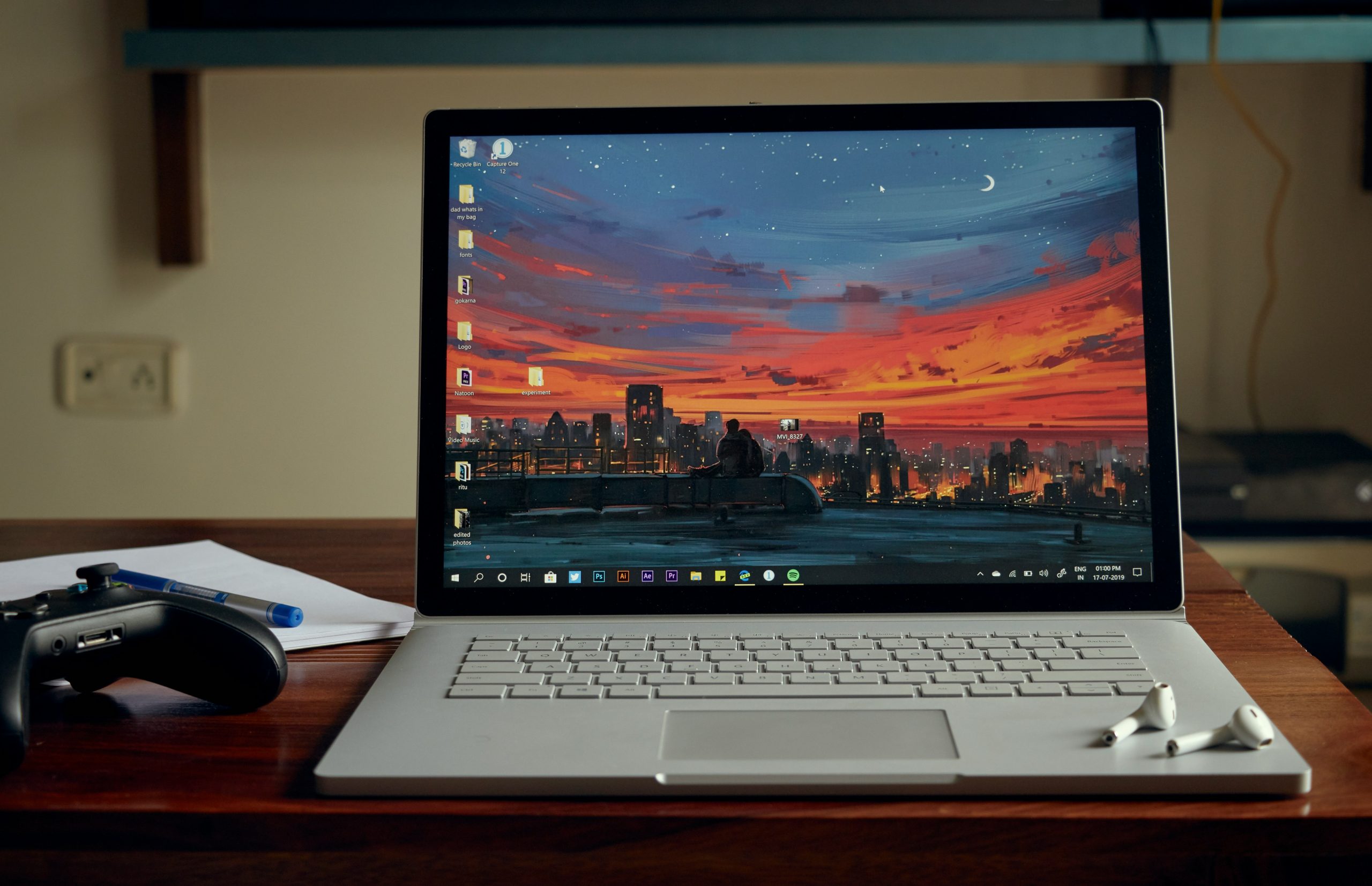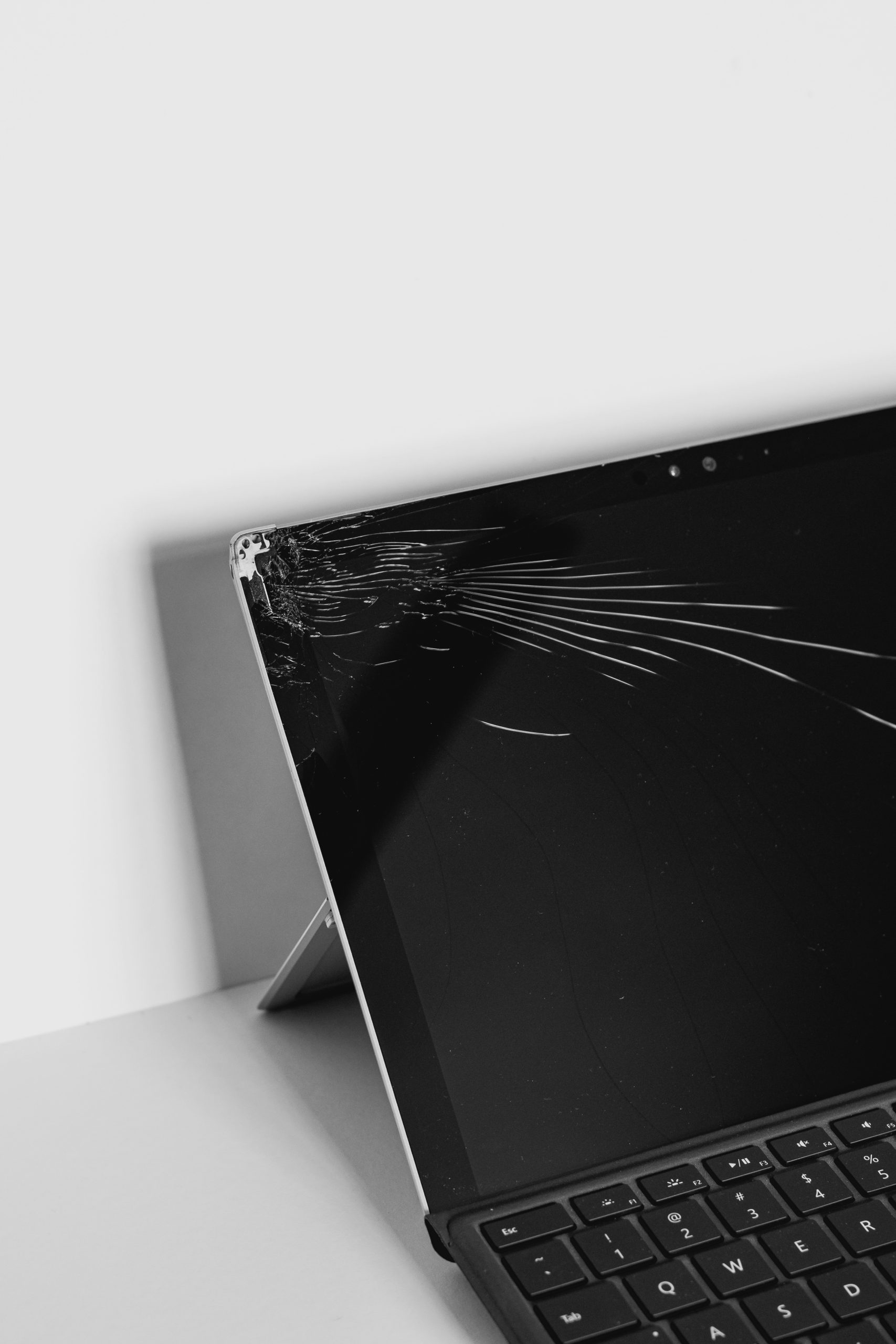Imagine settling down to watch your favorite show on your device, only to find that the screen has an eerie red tint that seems to defy all logic. You double-check the settings, ruling out any hardware issues or accidental activation of the night light mode. Frustration sets in as you try to make sense of this mysterious phenomenon – what could be causing this strange and unexpected display anomaly? In a world where technology is supposed to behave predictably, encountering such unexplained glitches can be both perplexing and fascinating. Join us as we delve into the intriguing case of screens with a mind of their own, exploring the possible causes behind this perplexing red tint that refuses to be ignored.
Screen red tint issue: not hardware or night mode
One of the most frustrating issues smartphone users may encounter is a persistent red tint on their screens that cannot be attributed to hardware problems or the night light mode. This anomaly can be perplexing and hard to resolve, leading many to wonder about its origins and potential solutions. While hardware malfunctions can typically be identified and fixed, this elusive red tint presents a unique challenge that requires a different approach.
The presence of a red tint on your screen despite checking for hardware defects or disabling night mode can point towards underlying software-related causes. Certain apps or settings could unknowingly trigger this issue, making it crucial to investigate the software environment to pinpoint potential triggers. By delving into the device’s software configurations and running diagnostics, users may uncover hidden culprits contributing to the persistent red hue on their screens and pave the way for effective troubleshooting solutions.

Possible Causes: software, display settings, color profiles
Exploring possible causes for a persistent red tint on your screen when hardware or night light mode are ruled out opens up the realm of software-related issues. In some cases, outdated or corrupted display drivers can cause color inconsistencies that manifest as a red tint. Checking and updating these drivers may resolve the issue swiftly. Additionally, software conflicts, such as incompatible applications or conflicting color profiles, can also contribute to the problem. Ensuring that all software is up-to-date and troubleshooting potential conflicts could potentially eliminate the unwelcome reddish hue.
When it comes to display settings, intricate configurations might be triggering the persistent red tint on your screen. Adjusting settings like color temperature, contrast levels, or gamma correction could help alleviate this issue. It’s worth delving into these settings and experimenting with different configurations to pinpoint the root cause of this particular color distortion. Furthermore, considering color management is essential; incorrect color profiles in use may be skewing colors adversely, leading to the unwanted reddish bias on your monitor. Tackling these aspects of display settings meticulously could ultimately yield a more balanced and accurate visual experience on your screen.
Troubleshooting Steps: adjust display settings, update software
When facing an unexpected red tint on your screen that is not a result of hardware issues or the night light mode, troubleshooting steps involving display settings adjustment and software updates can be pivotal. The first line of defense against such anomalies is to delve into the display settings menu. Here, users can modify parameters like brightness, color balance, and contrast to potentially rectify the red tint issue. Engaging in a systematic approach by making incremental changes and observing their impact can often lead to identifying the root cause behind the discoloration.
Beyond display settings adjustments, ensuring that all software components are up-to-date is essential for optimal screen performance. Software updates frequently contain bug fixes and enhancements that address underlying issues contributing to screen distortions such as a persistent red tint. By regularly checking for available software updates from both the operating system and relevant applications, users equip themselves with the latest tools to combat unexpected screen distortions effectively. Keeping abreast of technological advancements ensures a seamless digital experience while maintaining visual integrity on devices susceptible to color aberrations like stubborn red tints.

Expert Advice: consult tech support or professional repair service
When faced with a persistent red tint on the screen that is not related to hardware issues or night mode settings, it may be tempting to try DIY solutions. However, seeking expert advice from tech support or professional repair services could save you time and frustration in the long run. These professionals have the knowledge and tools to diagnose complex software glitches or display calibration issues that a regular user might overlook.
Consulting tech support or a professional repair service can also provide peace of mind knowing that your device is in good hands. They have access to specialized software and equipment that can accurately identify and resolve the source of the red tint on your screen. Additionally, these professionals can offer tailored solutions based on their expertise, ensuring a more effective and efficient fix for your specific issue. So, when dealing with unexpected screen discoloration, don’t hesitate to reach out to those who specialize in troubleshooting such problems – it could make all the difference in restoring your device’s display quality.
Additional Tips: check for software conflicts, try calibration tools
When dealing with a persistent red tint on your screen that isn’t hardware-related or caused by night mode, it’s crucial to consider potential software conflicts. Sometimes, certain programs or applications can interfere with your display settings, leading to color inconsistencies. To address this issue, try closing all background programs and restarting your computer to see if the red tint persists. Additionally, utilizing calibration tools can be highly beneficial in fine-tuning your screen’s color accuracy. These tools allow you to adjust various aspects such as brightness, contrast, and color balance to achieve a more natural and vibrant display.
Calibration tools not only help in resolving color discrepancies but also enhance overall viewing experience by ensuring optimal image quality. By taking the time to calibrate your screen properly, you can prevent eye strain and enjoy more accurate representation of colors while working or watching content. Moreover, regularly checking for software conflicts and utilizing calibration tools can contribute significantly to maintaining a healthy visual environment conducive to productivity and enjoyment.

Conclusion: red screen tint solution without hardware issues
In conclusion, resolving a red screen tint issue that isn’t related to hardware faults or night light mode can be a frustrating challenge for many users. However, there are several effective solutions available that can help address this problem without requiring any physical adjustments to the device. One approach is to ensure that all software, especially display drivers and color profiles, are up to date and properly configured.
Another useful strategy is to recalibrate the color settings on the screen using built-in tools or third-party software. By carefully adjusting parameters such as color temperature, brightness, and contrast, users may be able to eliminate or minimize the red tint without needing to replace any components in their system. Experimenting with different settings and seeking guidance from online forums or tech support can also provide valuable insights and potential workarounds for this perplexing issue.





